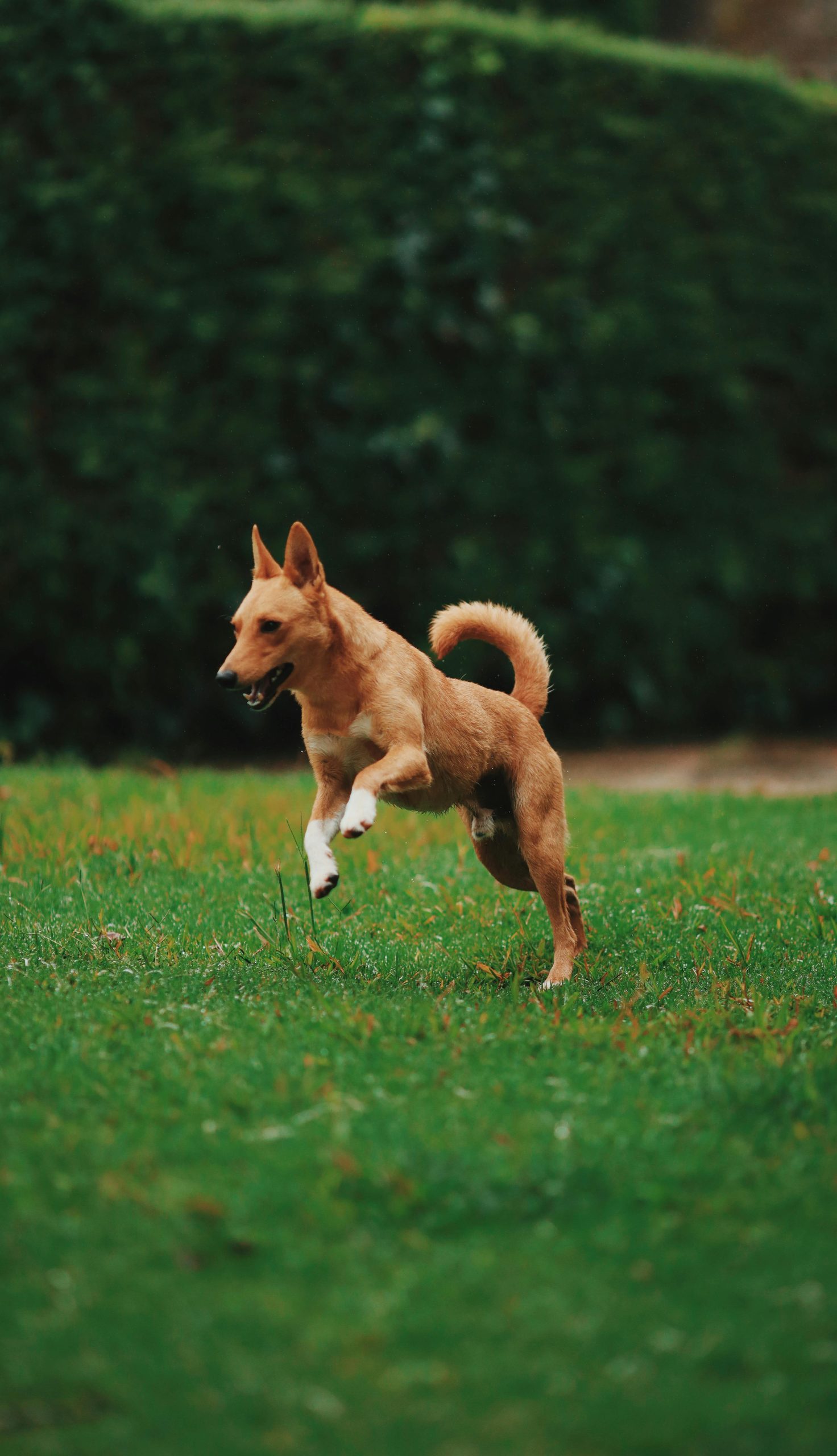When dogs mate, it is a natural process that involves the male and female coming together to reproduce. The duration for which dogs stay together during breeding can vary depending on various factors. In this article, we will explore how long dogs typically stay together when breeding and discuss the factors that can influence the duration of their mating process.

1. Duration of Mating
The duration of mating between dogs can vary, but it typically lasts for a relatively short period. Here are some key points to consider:
- Mounting and Locking: The initial phase of mating involves the male mounting the female from behind and attempting intromission, which is the insertion of the penis into the female’s vagina. Once intromission occurs, a phenomenon called “locking” happens, where the male’s penis swells and remains inside the female for a period of time. This locking phase can last anywhere from a few minutes to half an hour or more, depending on the individual dogs and their breed.
- Ejaculation and Semen Deposition: During the locking phase, the male ejaculates semen inside the female’s reproductive tract. This process is relatively quick and usually takes only a few seconds. The deposition of semen is essential for successful fertilization of the eggs.
- Separation: After the locking phase and ejaculation, the dogs naturally separate. The female may show signs of disinterest or may attempt to move away from the male. This separation marks the end of the mating process.

2. Factors Influencing Duration
Several factors can influence the duration of the mating process between dogs. Here are some important points to consider:
- Breed: The breed of the dogs can play a role in determining the duration of mating. Some breeds have a shorter locking phase, while others may have a longer duration. For example, smaller breeds tend to have shorter mating durations compared to larger breeds.
- Individual Differences: Every dog is unique, and individual differences can affect the duration of mating. Some dogs may have a shorter locking phase due to their physiology or behavior, while others may take longer. It is important to understand and respect the natural variations in mating durations among individual dogs.
- Experience: The experience of the dogs involved in mating can also influence the duration. Inexperienced dogs may take longer to complete the mating process as they navigate the mating behaviors and mechanics. As dogs gain more experience with mating, the process may become more efficient and shorter in duration.
- Compatibility: The compatibility between the male and female dogs can impact the duration of mating. If the dogs are not well-matched in terms of size, structure, or behavior, it may take longer for them to achieve successful intromission and complete the mating process. Incompatibility can lead to challenges during mating and potentially extend the duration.
- Health and Fertility: The health and fertility of the dogs are important considerations. Dogs with underlying health issues or fertility problems may take longer to mate successfully. It is crucial to ensure that both dogs are in good health before attempting to breed them.

3. Post-Mating Considerations
After dogs have mated, there are a few important considerations for their post-mating care. Here are some key points to understand:
- Rest and Recovery: After mating, it is essential to provide the female dog with a quiet and comfortable environment for rest and recovery. The physical act of mating can be strenuous for both the male and female, and they may need time to recuperate.
- Possible Repeated Mating: In some cases, dogs may engage in multiple mating sessions over the course of a few days. This is particularly true if the female remains receptive to the male and ovulation has not yet occurred. Repeated mating helps increase the chances of successful fertilization.
- Pregnancy Possibility: Mating between dogs is intended to result in pregnancy. It is important to monitor the female for signs of pregnancy, such as changes in behavior, appetite, or physical appearance. If pregnancy is desired, consult with a veterinarian to confirm the pregnancy and discuss appropriate prenatal care for the female.
- Non-Pregnancy: If the mating does not result in pregnancy, it is important to be aware that dogs can experience pseudopregnancy, which is a condition where the female dog exhibits signs of pregnancy without actually being pregnant. Pseudopregnancy can cause behavioral and physiological changes in the female and may require veterinary attention if severe.
- Additional Breeding Attempts: If the mating is unsuccessful or pregnancy is not achieved, additional breeding attempts may be necessary. It is important to consult with a veterinarian or a professional breeder for guidance on the proper timing and frequency of breeding attempts.

Conclusion
The duration for which dogs stay together when breeding can vary depending on various factors such as breed, individual differences, experience, compatibility, and health. The mating process involves the male mounting the female, intromission and locking, ejaculation and semen deposition, and eventual separation. It is important to understand and respect the natural variations in mating durations among individual dogs. After mating, proper post-mating care and consideration should be given to both the male and female dogs. If pregnancy is desired, monitoring for signs of pregnancy and consulting with a veterinarian is crucial. By understanding the duration and factors influencing dog breeding, breeders can promote successful and healthy reproduction in their dogs.

Leave a Reply